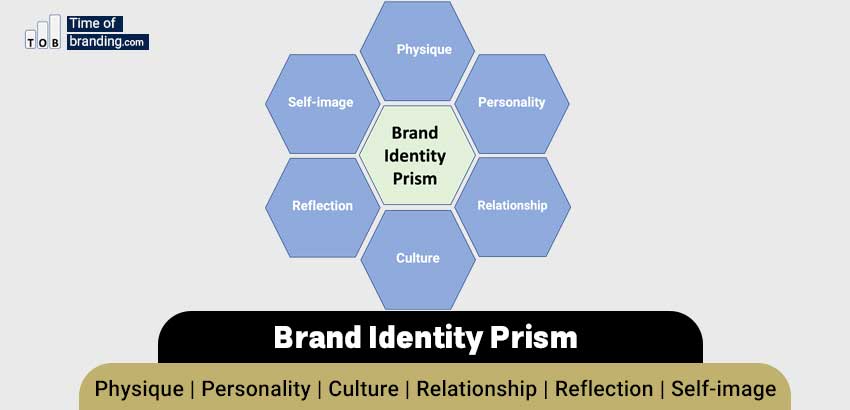When you study branding, one of the most common terms you come across is Brand Positioning.
In the branding roadmap article, we first defined a brand, and along with this definition, we also mentioned common mistakes in the topic of branding, and now we want to talk about brand positioning.
Brand positioning is a very important and key concept and it can be said that if you are interested in branding issues, you should understand the concept of Brand Positioning well and be committed to it with all your being. It does not matter if it is a product brand or a personal brand
Defining a Brand Positioning is apparently very simple. They say that “your brand should have a special place (unique and valuable) in the mind of the audience / customer.” But if you try to put this simple definition into practice, you will find that it is not easy to put this simple principle into practice.
We will first talk a little bit about the history of brand positioning and try to briefly review the three main elements of brand positioning.
- Target group
- Grouping
- Benefit
It should be emphasized that these three elements can be used both for product brand development and for personal brand development. All you have to do is put the word person everywhere instead of the word product and use the word contact instead of customer.
History of brand positioning
The concept of Brand Positioning was proposed by Al Ries and Jack Trout about half a century ago. This concept was first expressed in several articles in the 1970s, and then these two published a book in 1981 “Positioning: The Battle for Your Mind”
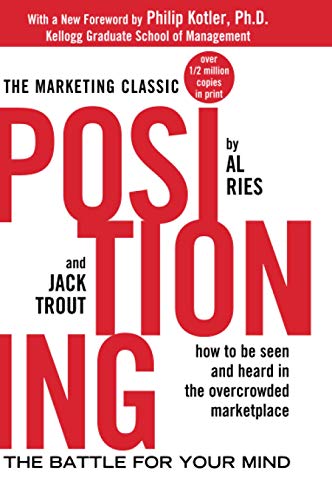 Many of the ideas and examples in the positioning book are outdated. The discussion of brand position has experienced many changes since then. But still, getting to know what was going through the minds of El Reyes and Jack Trout can make the concept of brand positioning more clear for you.
Many of the ideas and examples in the positioning book are outdated. The discussion of brand position has experienced many changes since then. But still, getting to know what was going through the minds of El Reyes and Jack Trout can make the concept of brand positioning more clear for you.
They begin their discussion with a few questions:
- We know that the highest peak in the world is Everest. But do you know the second highest peak?
- We know who was the first person to conquer Everest; But do you know the second person?
- We know who was the first person to go to the North Pole; But do you remember the name of the second person?
By raising these questions, Trout and El Reis intend to tell the audience that the distance between being first and being second is more than what it seems at first glance.
In their book, they use the metaphor of “ladder” many times and say: in each category, brands are placed on the steps of a ladder in the audience’s mind.
In the ladder of carbonated drinks, Coca-Cola has taken the highest step and Pepsi is on the second step. In the ladder of fast food brands, McDonald’s is on the top and Burger King is on the second step. In the ladder of online digital stores, Amazon stands on the highest rung (and do we know which company is on the second rung?).
El Reyes and Trout emphasize that:
branding means establishing your position on the top rung of the ladder. But we know that this is not always possible. The highest steps cannot be easily conquered.
They also accept this problem and their solution is this:
If you can’t stand on the top rung of the ladder, build another ladder.
In the years since the book was written, the authors mention, for example, Seven Up’s branding efforts. Seven-Up is placed on a ladder, the first rung of which is owned by Coca-Cola and the second rung by Pepsi. Seven-Up definitely cannot conquer the first or even the second place. So he has to build his own ladder.
During that period, the brand launches the Uncola campaign, saying that not all drinks are supposed to be cola. In the ladder of non-cola carbonated drinks, we are the first rung:
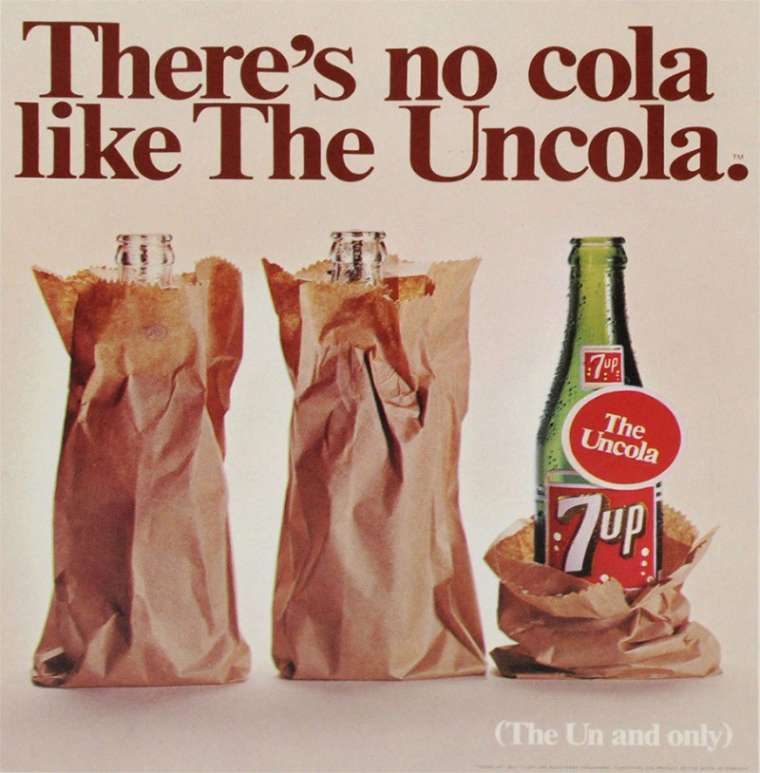
The authors of the book “Positioning” repeatedly emphasize that part of positioning is to tell your audience and customers: who you are not and which ladder you are not on. Because if you cannot make this issue clear to them, the audience may consider you on a ladder that is not favorable to you.
Positioning has experienced many changes during this half century. But the gist of it is still what Al Reyes and Jack Trout said:
You should be on the first step of the ladder in the customer’s mind.
If it still isn’t, change or narrow your target audience. If you can’t, define your category and line of activity in another way. Maybe you can offer a different benefit to your audience.
What is your target group?
Positioning for the brand means to find a special place for ourselves in the customer’s mind. So that the customer can distinguish between us and other brands and consider us different from them.
But before trying to locate and position, we must answer an important question: which customer?
We all have heard and know that “no product can satisfy all customer groups, and whoever tries to please everyone ends up satisfying no one.” So the starting point of defining the brand position is who are we going to satisfy? Whose hearts and minds are we going to make our place in?
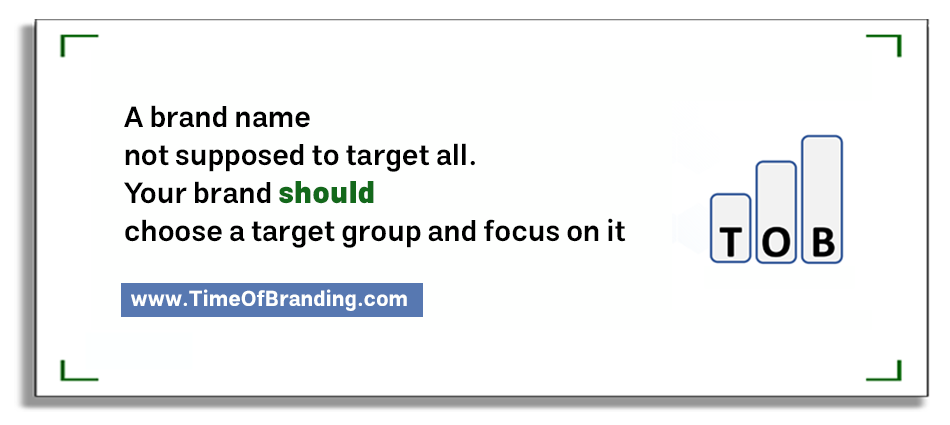 Choosing the target group for a brand
Choosing the target group for a brand
For example, you can define your audience based on demographic factors (such as age group, gender, income level, education level, etc.) or psychology (such as values, personality traits, motivations, interests, etc.).
It is important that, based on the study or analysis, you believe that the group or segment you are considering has similar needs and preferences.
Consider a psychology instructor who teaches personality topics online. This lecturer may define his brand audience as:
- Young people who are between 18 and 25 years old;
- Have not studied in the field of psychology and related fields;
- They can and want to spend about $100 per month for their growth and learning.
Of course, the fact that a brand defines its audience does not mean that others will not come to it. But it is important that the brand owner focuses all his resources and power on his target group and wherever he is forced to make a choice, he considers the preferences, interests and satisfaction of his target group.
Limit your audience/customers, but don’t over-limit
The narrower you define the scope of your audience and customers,
Their needs and concerns will be more similar
And you can satisfy them more easily.
But on the other hand, the economic value of your brand will decrease; Because after all, the brand must be able to generate financial benefits.
On the other hand, with the expansion of the range of audiences and customers, it will be more difficult to satisfy all of them.
The weaker you perform in providing audience and customer satisfaction, the value of your brand will decrease.
So you have to find a middle ground. A segment or piece of the market that is neither too small nor too big.
What kind of people do you hang out with?
Suppose you are a clothing manufacturer and you want to develop your brand.
A key question is, which brands is your brand supposed to be close to in the customer’s mind? The dream state is to say that my brand is completely unique and no other brand is like me.
But we know that in practice, this does not happen and usually brands are divided into several categories. Even if you are a Benz brand, in the end, in the mind of the audience, you will be next to brands like BMW, and even if you are a Ferrari, they will compare you to Lamborghini.
So instead of claiming that no one is like me, it makes more sense to think about which brands you want (or can) be in the audience’s mind. After accepting this fact, you can think about the question: How can I differentiate myself from similar brands?
Of course, the definition of the category also leads to the question of:
My brand is not in the same group with which brands?
And what brands should not be placed in the same class with my brand?
Use two-dimensional charts
If the number of brands in your market is large, it is better to go for graphing.
Choose two important factors in your industry and display them on two axes. Then draw your name and all competing brands on the chart.
For example, if price and quality are two important factors in your industry, draw a chart like this:
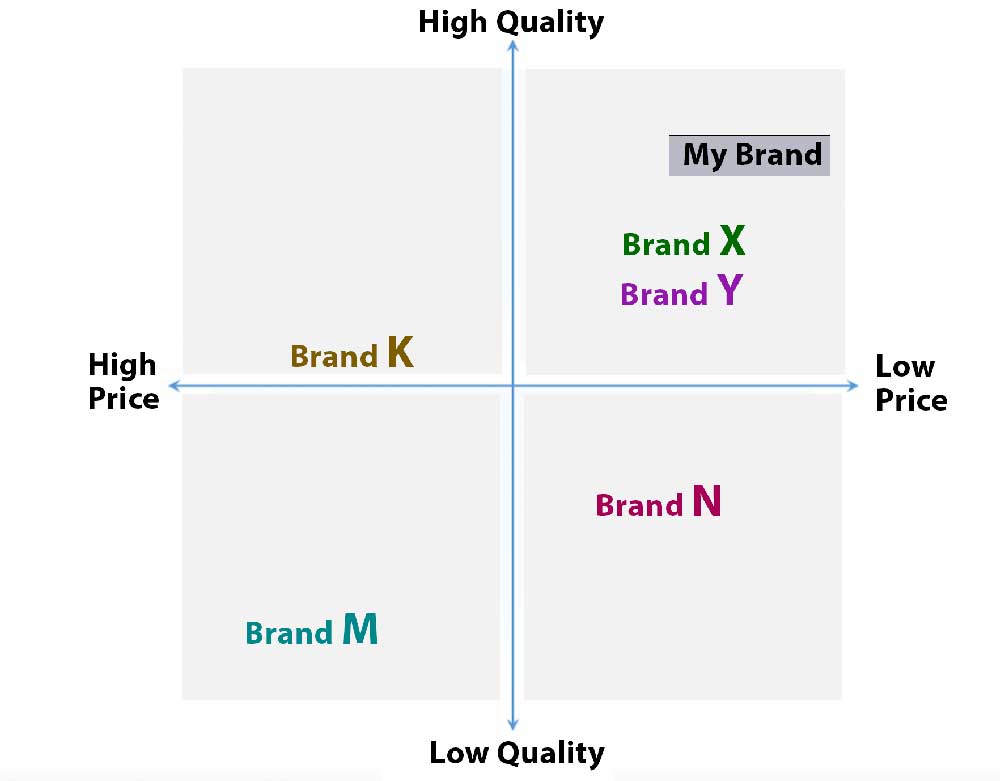
By drawing such diagrams, you will better understand where you are and who you are next to and who you are far from.
What benefit does your brand have for your target group?
After you have determined your audience and, on the other hand, you have determined your task with the categories in the market, the third question that you must answer is what is the benefit of this brand for its target group and What value does it create?
Obviously, the more distinctive you can be here, the more powerful you will be. In other words, here you should try to create as much as possible an advantage that will create distance between you and others who fall into your category.
In the definition of benefit, you should pay attention to two points:
- Be honest with yourself;
- Accept that the benefit is not necessarily of function and efficiency.
As an example of being honest with yourself, the personality lecturer we talked about at the beginning of this article might conclude that the benefit of his brand to the audience is “entertainment.” If he denies this fact and says that my benefit is “increasing knowledge and broadening the audience’s insight”, he will face a serious challenge in branding.
Regarding the fact that the benefit is not necessarily of function and efficiency, we can mention expensive brands of mobile phones or watches that are not useful for the audience, making phone calls or showing the time; Rather, it is the display and induction of prestige.
Determine your points of commonality and points of differentiation with your neighboring brands (POP/POD)
We said that some brands are placed in the customer’s mind in your neighborhood. Therefore, there are usually elements and qualities and characteristics in your brand that it shares with them.
These commonalities are called Points of Parity or POP. Knowing these common points is very important. Because if you don’t follow them, you will fall behind your peers.
But paying attention to POPs is not enough. You should also find differentiating points so that you can say that you have a better place than your competitors in the competition ladder. These distinct points are called Points of Difference or POD.
For example, in the diagram above, we assumed that your brand is adjacent to brands X and Y. It means that the price and quality are almost the same. So the price and quality is POP. But now you have to find other components in which you stand out. It’s as if you want to get off the chart with POD and distance yourself from your neighbors in the third (and fourth and…) dimension.
For example, for a clothing brand, “eco-friendliness” (if it doesn’t affect price and quality) might become a POD.
Or for a home appliance brand, after-sales service may become a POD point.
The final answer is in the mind of the customer
Don’t forget that as the brand owner, you first say and write your “desires”, “expectations” and “desires” in response to these questions. But in the end, the real answer to these questions will be given by your customer and audience.
So if you’re at the beginning of your branding journey, you’ll probably set some default answers to these questions yourself. But if you have a brand that is established in the market, it is more logical to go to the customers and ask them to tell you the answers to these questions.
Because as we said in the definition of brand and branding, brand is something that is formed in the mind of the customer and not the words you say and the claims you make.
This is what the market giants do. For example, Apple initially considered the Apple Watch in the Fashion category, and it also suggested the same in the advertisements:

But after one year, when he examined the perception of customers and audiences, he changed both the target market and the product category and introduced his smart watches as a tool to maintain health and fitness.
Now we can answer to this question: What is your benefit for the audience or customer.
If the brand does not benefit the audience and customers, we cannot expect it to create value and create economic value.
The importance of brand benefit is so great that many brand theorists raise it as an independent question and call it Brand Value Proposition.
In next articles we want speak about this title



